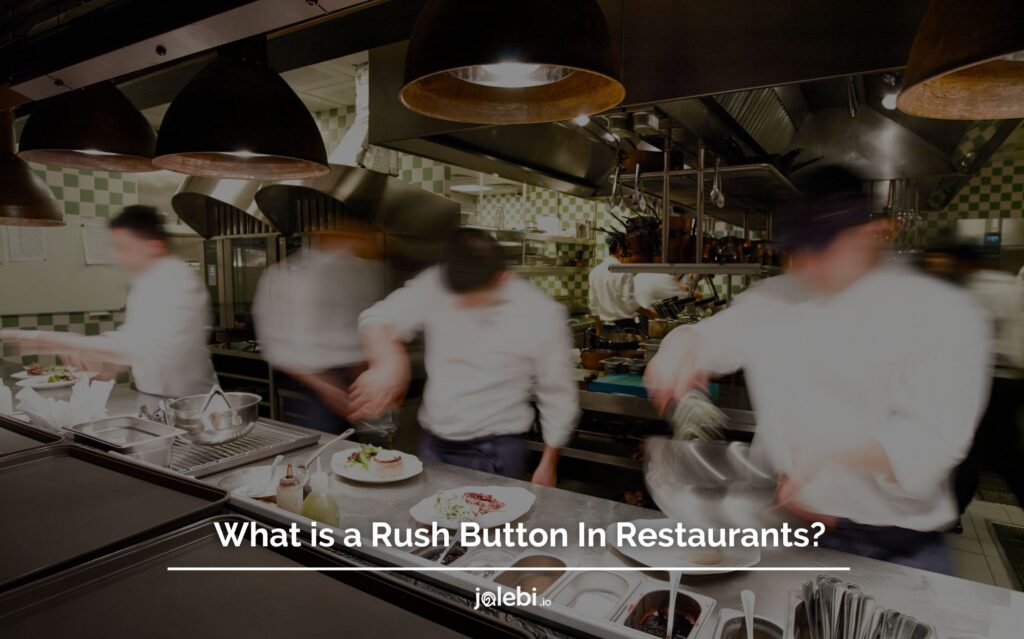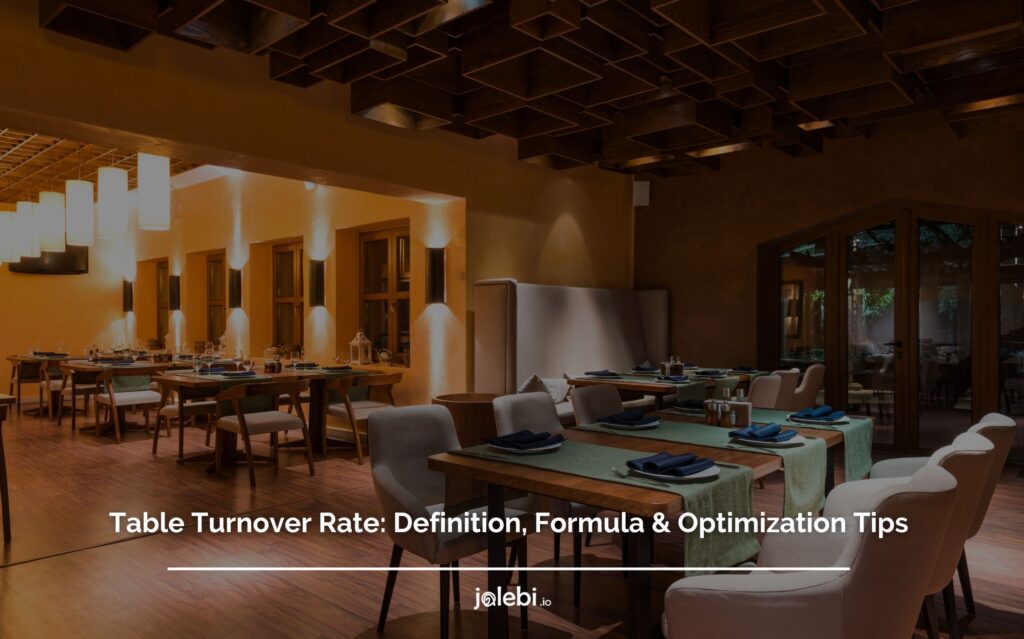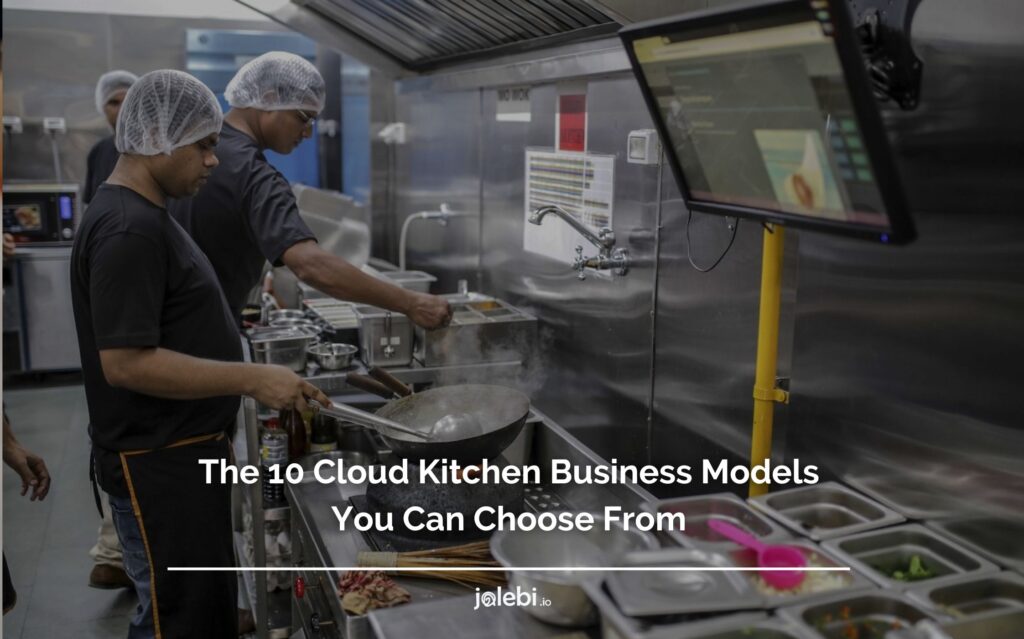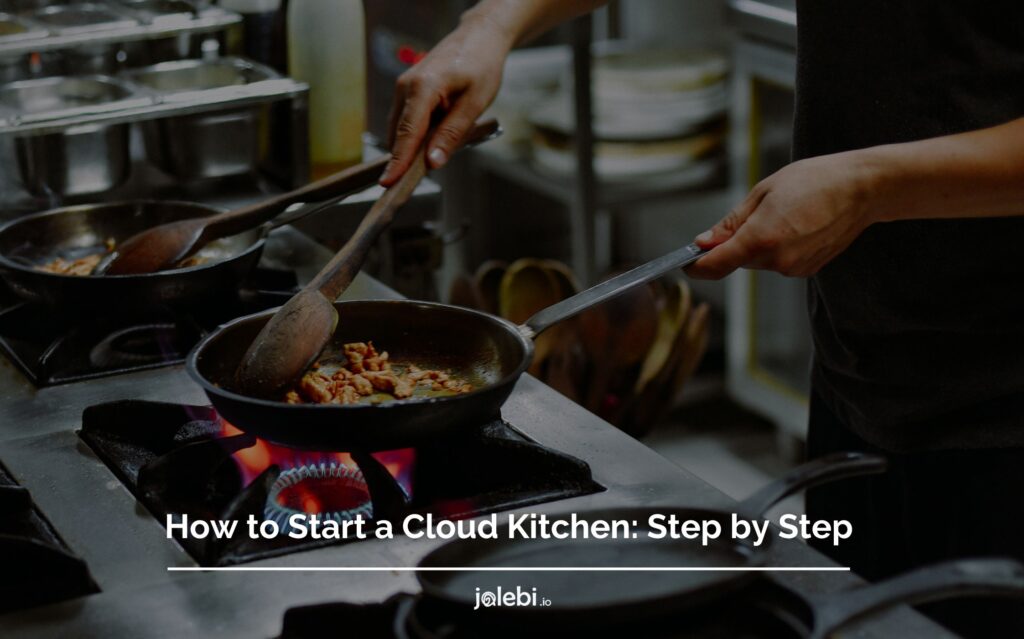Table of Contents
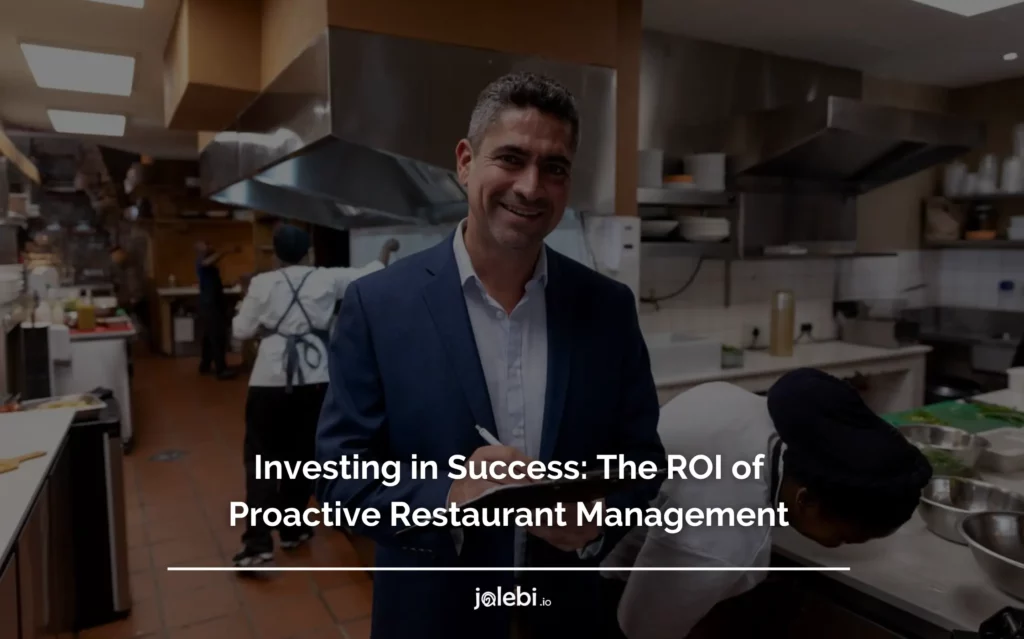
As of 2022, the restaurant industry boasted an impressive count of 155,448 single-location full-service restaurants, highlighting its vast and diverse landscape.
In today’s competitive restaurant industry, achieving success and maintaining profitability requires more than just serving delicious food.
Restaurant owners and managers must adopt a proactive approach to the ROI of restaurant management, focusing on key metrics and strategies that can help maximize profits and drive customer satisfaction.
By investing in proactive restaurant management techniques, establishments can optimize the ROI of restaurant management and position themselves for long-term success.
Understanding the Importance of Proactive Restaurant Management

According to CSI Market, the average return on investment (ROI) for the entire restaurant industry in the first quarter of 2022 stood at approximately 10.73%.
This metric showcases the financial performance and profitability potential within the sector, highlighting the opportunities available to restaurant owners and investors.
Proactive restaurant management involves taking a proactive stance in monitoring and improving various aspects of restaurant operations.
It encompasses everything from monitoring key performance indicators (KPIs) to implementing cost control measures and leveraging technology for efficient operations.
By being proactive, restaurant owners and managers can stay ahead of potential issues and make informed decisions that can positively impact their bottom line.
- Problem Prevention
One of the primary reasons why proactive management is crucial for a restaurant’s success is its ability to prevent problems before they arise.
By regularly monitoring KPIs like revenue, food costs, labor costs, and customer satisfaction scores, management can identify early warning signs and take corrective actions promptly.
This proactive approach helps prevent financial losses, reduce wastage, and improve overall operational efficiency.
- Customer Preferences And Market Trends Anticipation
Another benefit of proactive restaurant management is the ability to anticipate and adapt to changing customer preferences and market trends.
By staying informed about industry developments and conducting market research, restaurant owners and managers can proactively adjust their menu offerings, marketing strategies, and overall business model to meet the evolving needs and preferences of their target audience.
This proactive approach can help restaurants stay competitive and attract and retain a loyal customer base.
- Employee Satisfaction
In addition, proactive management can also lead to improved employee satisfaction and retention.
By regularly communicating with and involving employees in decision-making processes, providing training and development opportunities, and recognizing and rewarding their contributions, restaurant owners and managers can create a positive work environment and increase the ROI of restaurant management.
This proactive approach to employee management can boost morale, increase productivity, and reduce turnover, ultimately leading to better customer service and overall business success.
What Is A Restaurant Critic?
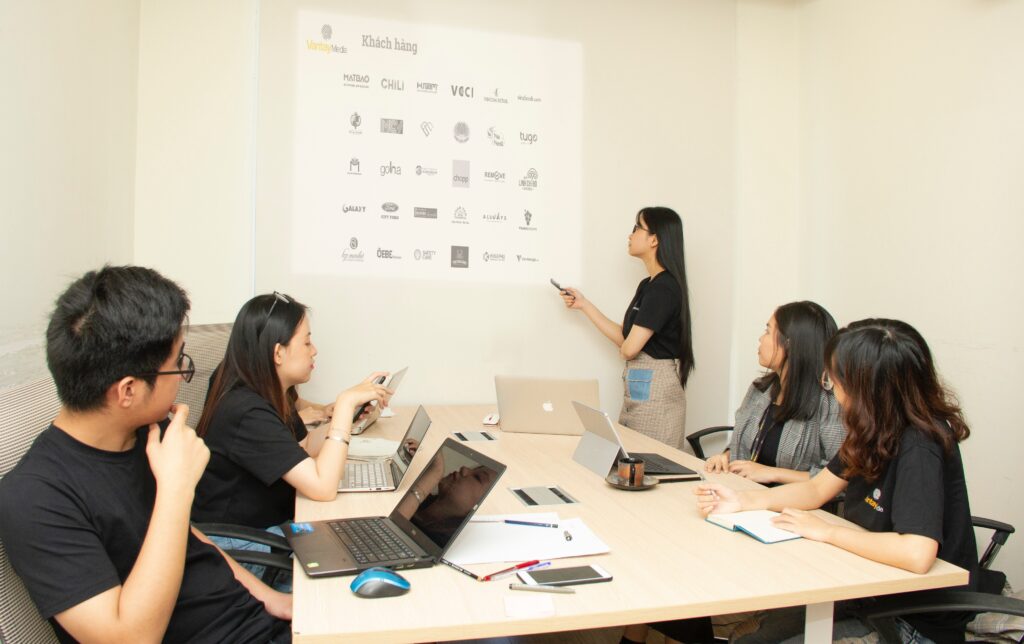
Are you wondering what is a restaurant critic?
A restaurant critic is a professional who evaluates and reviews restaurants, providing objective assessments of the food, service, ambiance, and overall dining experience.
These critics are typically employed by newspapers, magazines, online publications, or television networks, and their reviews help guide readers and viewers in making informed decisions about where to dine.
Restaurant critics often visit establishments anonymously to maintain an unbiased perspective. They may visit a restaurant multiple times to ensure consistency in their evaluation.
Critics pay attention to various aspects, including the quality and creativity of the food, the skill and knowledge of the chefs, the attentiveness and professionalism of the service staff, the ambiance and decor, and the value for money.
Key Metrics for Measuring ROI in Restaurant Management

Now that you know what is a restaurant critic, it is essential to understand the key metrics for measuring ROI in restaurant management.
Measuring ROI is essential to evaluate the effectiveness of proactive management strategies and identify areas for improvement.
There are several key metrics that restaurant owners and managers should focus on to gauge the success of their investments.
- Average Revenue Per Customer
Firstly, the average revenue per customer is a critical metric.
By tracking this figure, restaurant owners can determine if their proactive strategies to increase the ROI of restaurant management are attracting more high-paying customers or encouraging existing customers to spend more.
Additionally, monitoring labor costs and food costs as a percentage of revenue can provide insights into whether cost control measures are effective in maximizing profits.
- Customer Satisfaction Scores
Another important metric to increase the ROI of restaurant management is customer satisfaction scores.
By regularly collecting feedback and monitoring customer satisfaction trends, management can measure the impact of their proactive strategies on customer experience.
A higher customer satisfaction score not only indicates happier customers but also correlates with increased customer loyalty and repeat business, ultimately leading to higher ROI.
- Table Turnover Rate
Furthermore, tracking table turnover rate is another key metric for measuring ROI in restaurant management. This metric measures the number of times a table is occupied within a given period.
A high table turnover rate indicates efficient operations and the ability to serve more customers, resulting in increased revenue.
On the other hand, a low table turnover rate may suggest issues with service speed or customer satisfaction, which can negatively impact ROI.
Calculating the Return on Investment (ROI) in Restaurant Management
Are you thinking about how to compute ROI?
Calculating ROI is crucial for measuring the success of proactive management strategies and justifying investments. The ROI formula is relatively straightforward:
ROI = (Total Gain from Investment – Cost of Investment) / Cost of Investment
- Financial Gains And Cost Savings
When learning how to compute ROI in restaurant management, it’s essential to consider both financial gains and cost savings.
For example, a proactive marketing campaign might lead to a significant increase in revenue, while implementing energy-efficient equipment might result in reduced utility expenses.
By accurately calculating ROI, restaurant owners and managers can identify which strategies are generating the highest returns and make informed decisions about future investments and how much investment is required to open a restaurant in Dubai.
This data-driven approach optimizes resource allocation and ensures that the restaurant is on track to achieve its financial goals.
- Time-Frame
Another important factor to consider when calculating ROI in restaurant management is the time frame.
ROI calculations can vary depending on whether the investment is expected to generate returns in the short term or the long term.
For instance, investing in staff training programs may take longer to show significant financial gains compared to implementing a new menu item.
- Intangible Benefits
In addition to financial gains and cost savings, it’s also crucial to factor in intangible benefits when calculating ROI to gain an insight into how much investment is required to open a restaurant in Dubai.
These intangible benefits can include improved customer satisfaction, enhanced brand reputation, and increased employee morale.
While these benefits may not have a direct monetary value, they can contribute to the overall success and profitability of the restaurant.
How Proactive Restaurant Management Can Drive Customer Satisfaction and Loyalty
Proactive restaurant management plays a significant role in enhancing customer satisfaction and loyalty.
- Identify Areas For Improvement
Firstly, by monitoring and analyzing customer feedback and satisfaction scores, management can identify areas for improvement and take corrective actions promptly.
For example, if customers consistently complain about slow service, management can implement training programs or hire additional staff to address the issue.
This proactive approach demonstrates a commitment to customer experience, leading to increased satisfaction and repeat business.
- Meet Customer Expectations
In addition to addressing customer concerns, proactive management also allows restaurants to anticipate and meet customer expectations.
By staying abreast of industry trends and innovating in areas like menu offerings, technology integration, and sustainability, management can exceed customer expectations and create a memorable dining experience.
These efforts not only enhance customer satisfaction but also foster loyalty, driving repeat business and positive reviews.
- Safe And Clean Environment For Customers
Furthermore, proactive restaurant management can also play a crucial role in maintaining a safe and clean environment for customers.
By implementing regular cleaning and sanitization protocols, as well as adhering to health and safety regulations, management can ensure that customers feel comfortable and confident in dining at the restaurant.
This proactive approach to cleanliness not only enhances customer satisfaction but also helps to build trust and loyalty among patrons.
The Role of Technology in Enhancing ROI for Restaurants
In today’s digital age, technology plays a crucial role in enhancing ROI for restaurants.
- Improved Operational Efficiency
One area where technology can positively impact ROI is through improved operational efficiency.
Restaurant management systems, inventory management software, and point of sale (POS) systems streamline various aspects of operations, such as order management, inventory tracking, and staff scheduling.
By automating routine tasks, reducing errors, and providing real-time data, technology enables restaurants to operate more efficiently, saving time and reducing costs.
- Enhanced Customer Engagement And Loyalty
Furthermore, technology can enhance customer engagement and loyalty.
Online ordering platforms, mobile apps, and loyalty programs not only provide convenience for customers but also allow restaurants to gather valuable customer data and personalize marketing initiatives.
By leveraging customer data and analytics, restaurants can deliver targeted promotions, rewards, and personalized experiences, ultimately driving customer satisfaction, loyalty, and increased revenue.
- Improved Data Analysis
Another way technology can enhance ROI for restaurants is through improved data analysis and decision-making.
With the help of advanced analytics tools, restaurants can gather and analyze large amounts of data, such as sales trends, customer preferences, and operational performance.
A significant shift in consumer behavior is evident, with 84% of diners now opting to browse restaurant menus online before selecting a new dining establishment.
This marks a substantial increase from the 59% reported in 2017, showcasing the growing importance of digital accessibility and information for diners.
By gaining insights from this data, restaurants can make informed decisions regarding menu optimization, pricing strategies, and resource allocation.
This data-driven approach allows restaurants to identify areas of improvement, capitalize on opportunities, and make strategic decisions that maximize profitability.
Implementing Effective Cost Control Measures for Better ROI in Restaurant Management
Cost control is a critical aspect of proactive restaurant management that directly impacts ROI.
- Optimizing Food Costs
One effective cost control measure is monitoring and optimizing food costs.
By regularly reviewing supplier prices, negotiating better contracts, and enhancing inventory management practices, restaurants can reduce food waste, prevent over-ordering, and ensure optimal pricing of menu items. These efforts directly contribute to preserving profit margins and increasing ROI.
- Labor Cost Management
Labor costs are another area where proactive management can yield significant savings.
By implementing efficient staff scheduling practices, cross-training employees, and regularly reviewing staffing needs, restaurants can reduce labor costs without compromising service quality.
To control labor costs, 38% of operators have adopted cross-training or repurposing strategies for their staff.
This approach allows for versatility and flexibility in managing the workforce, ensuring efficient operations while keeping labor expenses in check.
Effective labor management not only optimizes costs but also enhances operational efficiency and customer satisfaction.
- Energy And Utility Costs
Moreover, energy and utility costs can be minimized by embracing sustainable practices, such as installing energy-efficient equipment, implementing smart lighting systems, and monitoring energy consumption.
The average restaurant experiences a 10% loss of food before it reaches a customer’s plate.
This wastage represents an irrecoverable cost for businesses, underscoring the need for effective management practices to minimize waste and maximize profitability.
By reducing energy waste and making environmentally conscious choices, restaurants can lower their operating expenses and improve ROI while contributing to a greener environment.
- Overhead Expenses
Another important aspect of cost control in restaurant management is managing overhead expenses.
Overhead expenses include rent, insurance, marketing, and other non-direct costs. By regularly reviewing and renegotiating contracts with suppliers, landlords, and service providers, restaurants can potentially reduce these expenses and improve their ROI.
Additionally, implementing cost-effective marketing strategies, such as targeted online advertising and social media campaigns, can help restaurants reach their target audience without overspending on traditional advertising methods.
Boosting Operational Efficiency with Proactive Restaurant Management Techniques
Operational efficiency is a crucial aspect of successful restaurant management, and proactive techniques can significantly boost efficiency levels.
- Implement SOPs
One technique is implementing standardized operating procedures.
By documenting and training staff on standardized processes for various tasks, restaurants can ensure consistency and eliminate unnecessary variations that may lead to inefficiencies.
Standard operating procedures result in streamlined operations, reduced errors, and improved productivity.
- Leverage Technology
Furthermore, technology solutions like restaurant management systems and POS systems play a pivotal role in boosting operational efficiency.
These systems automate processes, centralize data, and provide real-time insights, allowing management to make data-driven decisions quickly and efficiently.
From tracking inventory levels to analyzing sales trends, these tools enable proactive management that can identify and address operational issues promptly, minimizing disruptions and maximizing efficiency.
- Effective Communication And Collaboration
Additionally, effective communication and collaboration among staff members are vital for operational efficiency.
By fostering a culture of open communication, providing regular training and development opportunities, and encouraging cross-functional teamwork, restaurants can harness the collective skills and knowledge of their employees, leading to smoother operations and improved ROI.
Leveraging Data Analytics to Improve ROI in Restaurant Management
Data analytics provides valuable insights that can drive informed decision-making and improve ROI in restaurant management.
- Deeper Customer Understanding
By collecting and analyzing data from various sources, such as POS systems, customer feedback surveys, and social media platforms, management can gain a deeper understanding of customer preferences, demand patterns, and market trends.
This understanding allows restaurants to tailor their offerings, promotional activities, and pricing strategies to meet customer needs effectively, ultimately leading to increased revenue and higher ROI.
- Marketing Campaign Effectiveness
Furthermore, data analytics can help measure the effectiveness of marketing campaigns and other proactive strategies.
By tracking key performance indicators like website traffic, social media engagement, and conversion rates, management can assess whether investments in marketing activities are yielding the desired results.
This data-driven approach ensures that resources are allocated optimally and that restaurants achieve maximum ROI from their marketing efforts.
The Impact of Staff Training and Development on ROI in the Restaurant Industry
Investing in staff training and development is critical for optimizing ROI in the restaurant industry.
- Effective Training Programs
Effective training programs ensure that staff members possess the necessary skills and knowledge to perform their roles efficiently.
From proper food handling and preparation techniques to customer service and upselling strategies, ongoing training enhances staff competence, leading to improved service quality and customer satisfaction.
Satisfied customers are more likely to return, refer others, and spend more, directly impacting the restaurant’s profitability.
- Staff Development Initiatives
Furthermore, staff development initiatives, such as leadership training and career progression opportunities, can help retain top talent and reduce turnover.
Employee turnover can be a significant cost driver, requiring resources for recruitment, onboarding, and training new staff.
By investing in staff development, restaurants can not only retain experienced employees but also create a positive work environment that fosters loyalty and job satisfaction.
Effective Marketing Strategies to Enhance ROI in Restaurant Management
Effective marketing strategies are crucial for driving customer acquisition, loyalty, and ultimately, ROI in restaurant management.
- Digital Marketing
One powerful marketing tool is online presence and digital marketing. Establishing a strong online presence through a well-designed website, engaging social media profiles, and positive online reviews builds credibility and attracts potential customers.
A comprehensive digital marketing strategy, including targeted advertisements, email marketing campaigns, and search engine optimization, ensures that the restaurant is easily discoverable by the target audience and can maximize ROI through increased online reservations and orders.
- Loyalty Programs
Furthermore, implementing loyalty programs can significantly impact ROI by driving customer retention and repeat business.
By offering rewards, personalized promotions, and exclusive benefits, loyalty programs encourage customers to choose the restaurant repeatedly over competitors.
These loyal customers not only contribute to increased revenue but also serve as brand advocates, referring others and amplifying the restaurant’s reach.
- Influencer Partnerships
Additionally, partnering with local influencers or hosting community events can generate buzz and attract new customers to the restaurant.
Collaborating with influencers who align with the restaurant’s target audience can give the business access to a wider network of potential customers and drive increased foot traffic.
Navigating Challenges and Risks: A Guide to Proactive Restaurant Management
While proactive restaurant management offers numerous benefits, it also requires addressing potential challenges and risks.
- Competition
One common challenge is competition. The restaurant industry is highly competitive, and restaurants must continuously differentiate themselves to attract and retain customers.
Proactive management includes regularly monitoring the competitive landscape, staying abreast of emerging trends, and implementing innovative strategies to stay ahead.
- Balance Quality And Cost
Another challenge is the need to balance quality and cost.
Proactive restaurant management involves optimizing costs but not at the expense of food quality or customer experience.
It requires finding the right suppliers, negotiating favorable contracts, and carefully managing inventory to ensure that quality is not compromised, even in cost-saving initiatives.
Risks related to food safety and compliance are also paramount. Proactive management includes implementing robust food safety protocols, regularly training staff on hygiene practices, and staying compliant with local regulations.
By prioritizing safety and compliance, restaurants can mitigate the risk of costly fines, legal issues, and reputational damage.
Boost Your Restaurant’s ROI with jalebi: Streamline Operations for Maximum Profitability
Running a restaurant comes with its unique set of challenges, from managing costs and optimizing operations to maximizing profitability.
In today’s digital age, leveraging a restaurant management platform such as jalebi can be the key to achieving success.
- Enhanced Efficiency in Operations
jalebi’s restaurant management platform offers a suite of tools designed to streamline your restaurant’s operations.
From order management and inventory control to workforce scheduling and customer analytics, our platform optimizes every aspect of your business.
By automating manual processes and reducing human errors, you can increase operational efficiency and save valuable time and resources.
- Accurate Inventory Management
Efficient inventory management is crucial for controlling costs and reducing waste which in turn boost ROI.
jalebi’s platform provides robust inventory control features, including real-time stock tracking, automated replenishment, and ingredient-level tracking.
With accurate inventory data at your fingertips, you can make informed purchasing decisions, prevent stockouts, and minimize excess inventory, ultimately improving your bottom line.
- Data-Driven Decision Making
jalebi’s restaurant management platform offers comprehensive reporting and analytics capabilities.
By leveraging real-time data on sales, customer behavior, and operational performance, you can gain valuable insights into your restaurant’s performance.
This empowers you to make data-driven decisions, identify areas for improvement, and implement strategies to increase revenue and profitability.
Partnering with jalebi’s restaurant management platform is a strategic move to boost your restaurant’s ROI.
Contact us today and embrace the power of technology and optimize your restaurant’s performance with Jalebi to unlock the full potential of your business.




